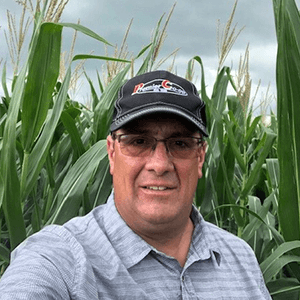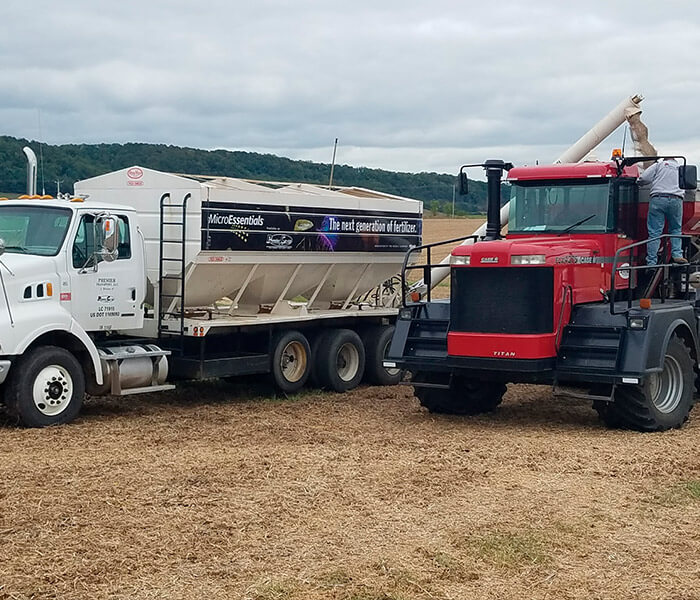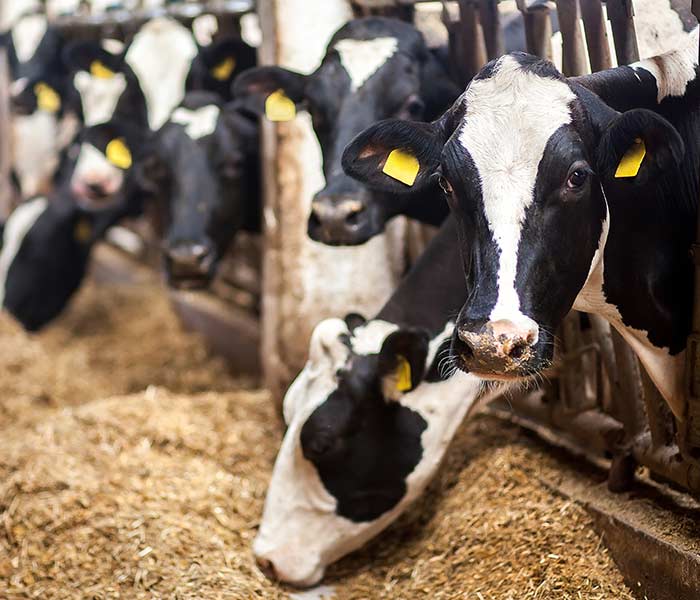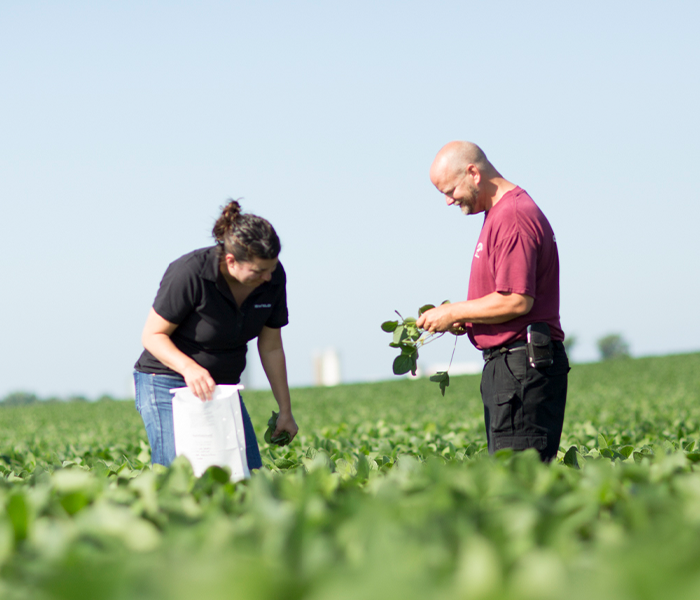Handing Cows Postcalving
This topic is one of the most talked about items by dairy cow nutritionists and dairy producers. I wanted to add to prior newsletter articles written by my colleagues where they talked about setting the table for fresh cows by ventilating dry cows and feeding dry cows for success. Building from that I will add on how handling postcalving animals is crucial to those lactating animals reaching peak milk.
We need to start with monitoring these animals. This can be done a couple of different ways.
1. OLD School (low budget): visual observation and reading what that cow is telling you. Look for general thriftiness and alertness that they have with you and other cows around them. Temping cows and monitoring for ketosis the first 7-10 days is paramount.
2. NEW school (high budget): using monitoring devices like neck or ear sensors to monitor cow rumination and activity. This more modern approach allows you the opportunity to be treating cows earlier and before they are showing pronounced visual signs. Regardless of which approach you take, you still need to work with your veterinarian to step up a fresh cow protocol for monitoring these fresh cows.
Along with monitoring you should look at how crowded your pens are. Having a postfresh pen stocked at 75% works great and ideally having fresh heifers in a pen separate from mature cows is going to improve their performance. This is probably not going to happen at some farms, so having your postfresh group at 75% will give heifers a better opportunity to take off. In addition to this, having feed distributed the whole length of the feed bunk is crucial to maximize this stocking density. Pushing this feed up many times per day will encourage these animals to eat more and drive intake up quicker driving down health issues and increasing peak milk. During hot weather there is a tremendous benefit to feeding more times per day during the cooler times of the day.
Additionally, having a correct postfresh ration for these animals is the gamechanger on how fast the cow will get to peak milk. Many times when I visit farms these cows are being fed a ration that is almost the same as the high group. This is not a good practice as this ration is just too hot for these cows or you are not challenging the high group enough. Simple things to do are using the cleanest forage you have available that doesn’t have spoilage or mold chunks. Avoid feeding wet butyric forages on this group. I believe this group of cows should have some high quality hay added to entice higher dry matter intake. Usually this means buying western hay which breaks up nicely for the feed mixer. The aroma this adds to the mix and can help drive intake. I don’t mind it being topdressed as this gives you a fast way to read if there are animals not feeling right because the cows will get up to eat this hay. Adding molasses will also help this group of cows as they like the sweetness. The number of days you have cows in the postfresh will determine what additives you should add here. You will need to spend some money here to set these cows up for a good start. There are certain nutrient levels that need to be focused on that make cows happy. Work with your Premier nutritionist to set up a correct postfresh diet with the right proteins-amino acids, energy levels, and fiber to allow your cows to hit the sweet spot in the diet. We can help your cows reach their potential and increase your profits.

Kurt Breunig
Purina Animal Nutrition



